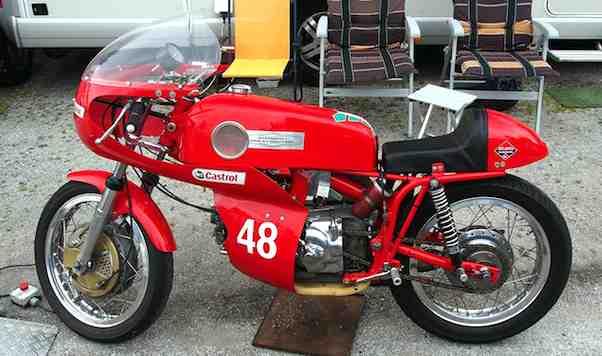
Harley-Davidson’s organizational structure facilitates centralized control of the business. The organizational structure is the arrangement or design of the company’s components in terms of their interactions and functions. As one of the biggest motorcycle manufacturers in the world, the company maintains an organizational structure that suits its target markets. The design of this corporate structure affects organizational development and, thus, business strengths and weaknesses, such as the ones discussed in the SWOT analysis of Harley-Davidson. Even though the business focuses on the U.S. market and has limited global expansion, Harley-Davidson’s corporate structure supports revenue growth in the international market.
Harley-Davidson’s organizational structure is based on the company’s aim to ensure centralized control of business activities. Despite its limited support for global expansion, the company structure facilitates the attainment of strategic goals based on Harley-Davidson’s mission statement and vision statement.
Features of Harley-Davidson’s Organizational Structure
Harley-Davidson has a functional organizational structure that is based on the company’s current focus on the motorcycle markets in developed countries, especially the United States. The following are the basic characteristics of Harley-Davidson’s organizational structure:
- Function-based groups (primary structural feature)
- Geographical divisions
- Centralization
- Global hierarchy
Function-Based Groups. This feature is the most notable in Harley-Davidson’s organizational structure. Each group or department is based on specific business functions in the motorcycle manufacturing and sales business. For example, the Human Resources Department maintains policies and programs that reinforce the traits of Harley-Davidson’s work culture (company culture). The following are the main function-based groups in Harley-Davidson’s organizational structure:
- Office of the Chief Executive
- Finance
- Commercial
- Legal & Compliance
- Digital & Operations
- Human Resources
- Motorcycle Development
- Apparel & Licensing
- Motorcycle Management
- Marketing
- Communications & Corporate Relations
Geographical Divisions. Harley-Davidson’s business structure involves divisions that represent regional markets that are grouped together for strategic planning. This aspect of the organizational design enables organized financial reporting and the geographical fine-tuning of Harley-Davidson’s marketing mix or 4P. The following are the geographical divisions in the motorcycle company structure:
- Europe, Middle East & Africa
- North America
- Asia Pacific
- Latin America
Centralization. Harley-Davidson uses centralization in its organizational structure. This characteristic involves a central command system. For example, the company’s headquarters are the main control base for the global motorcycle and parts business. This feature of the business structure ensures direct and immediate control and corresponding action throughout Harley-Davidson’s international organization.
Global Hierarchy. Harley-Davidson’s organizational structure has a global hierarchy that relates to centralization and the function-based groups. For example, the corporate headquarters have the highest authority in the global organization. Concerns experienced in local motorcycle markets are escalated toward the corporate headquarters in the United States.
Harley-Davidson’s Organizational Structure: Advantages & Disadvantages
Harley-Davidson’s organizational structure has the advantage of strong control over all business activities. Also, the company can easily monitor changes in the market and corresponding business performance. However, the company structure has the disadvantage of low flexibility in handling differences among motorcycle markets. In addition, a disadvantage of this corporate structure is that it does not strongly support the autonomy of regional or local operations. Harley-Davidson can limit the centralization and global hierarchy of its organizational structure to address these issues. These structural considerations balance the company and affect its organizational competencies and capabilities in competing against BMW, Ducati, Yamaha, Honda, and other motorcycle manufacturers.
References
- Harley-Davidson, Inc. – Executive Management.
- Harley-Davidson, Inc. – Form 10-K.
- Harley-Davidson, Inc. – Locations.
- Lekkerkerk, L. J. (2024). The Model Innovation and Organizational Structure: A Zoom Lens on Organizational Structure. In European Perspectives on Innovation Management (pp. 13-44). Cham: Springer International Publishing.